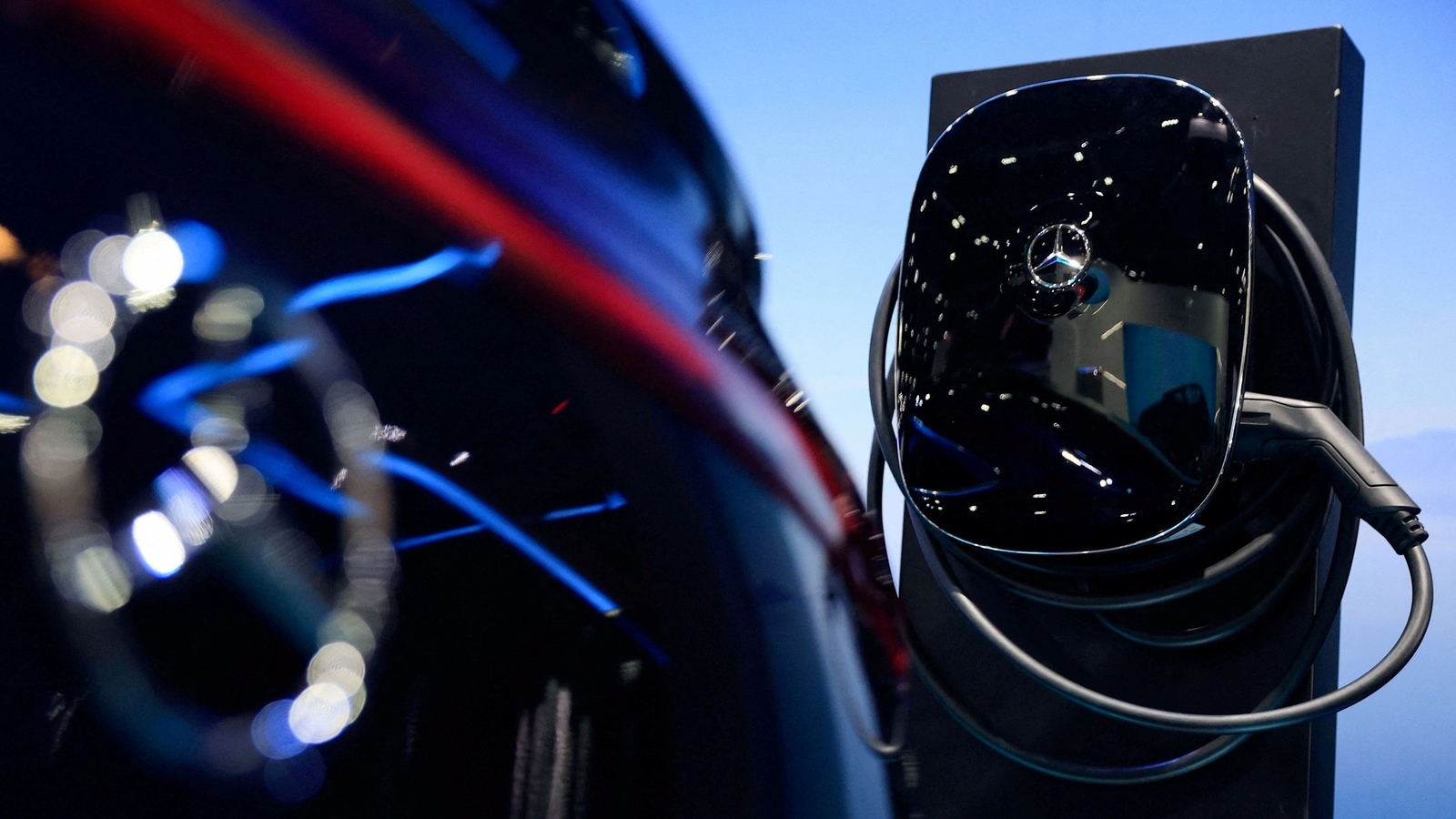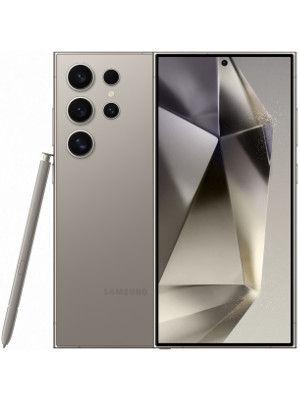Two-Way Charging Is Chinese EV Drivers’ Favorite Life Hack
The ubiquity of two-way charging has EV owners thinking about their cars in a new way: as a source of electricity in day-to-day life and during emergencies.

Every morning, as freezing winds blow across his construction site in northern China, Liu Jianhong gathers his workers for a cup of hot tea. Liu, whose business in Shaanxi province often operates beyond the reach of power grids, plugs a hairdryer-like charger into his hybrid electric car, a sport utility vehicle from Chinese automaker BYD Co. The other end of the charger connects to his kettle. A few minutes later, it lets out a whistle and tea time begins.
“With the help of the electric car, we can drink tea whenever and wherever we want. My workers are over the moon,” says Liu, 57, who used to schlep hot water in a too-small thermos from a nearby village each day, forcing his employees to take turns enjoying tea breaks. Liu's EV has come to the rescue before, like when he needed to charge a power drill at a newly-built home he hadn't realized wasn't connected to a utility. “If it were not for my car, I would have wasted all the time and energy going there,” he says.As EVs with plugs proliferate, what's known as “two-way charging” is becoming table stakes in the electric diving experience. Drivers like Liu are among a growing number of people thinking about their car as not only a cleaner and cheaper way to get around, but also a source of electricity in day-to-day life and during emergencies. In China, where more than one in five new cars sold this year was electric, more people than ever are experiencing a future in which vehicles double as power banks, and EV makers are pitching their products as “batteries on wheels.”
Since Liu Xiao, 38, started hooking up his camping stove to his hybrid electric car during weekend getaways, he no longer worries about his kid getting too close to an open flame. The camping enthusiast, who lives in the eastern coastal city of Dalian, used to bring a fuel canister on trips, but he says his EV, made by China's Li Auto, provides “a huge advantage over that.” In summer months, Liu's family also uses the car to run an electric fan while watching movies on a projector screen.
“It has given us so much fun,” he says.
EV sales are already soaring in China, but the promise of fun — and convenience — could be a helpful boost in markets like the US and Europe, where electric options are still catching up. About 300 million electric vehicles will need to be on the road globally by 2030 for the world to achieve net zero emissions by mid-century, according to the International Energy Agency. As of last year, just 16.5 million units had been sold. Adoption everywhere remains limited by range anxiety, a lack of charging infrastructure, and the higher upfront cost of EV models compared to similar gasoline-powered vehicles.
Two-way, or bidirectional, charging can be done by loading an EV with power outlets, known as vehicle-to-load (V2L). Automakers that include Japan's Mitsubishi Motors, China's BYD and South Korea's Hyundai also offer EVs that power homes and businesses — known as vehicle-to-home charging, or V2H — and even send power back to the grid (vehicle-to-grid charging, or V2G).Many of China's popular EV models, including BYD's Tang DM, Geely Auto's Zeekr 001 and Li Auto's L8, come with onboard outlets. In local commercials for the L8, drivers camp under an open sky while drinking freshly ground coffee thanks to their electric SUV. In the US, Ford has made backup power a selling point of its electric F-150 Lightning pickup truck, and in Japan, an island nation prone to typhoons, earthquakes and tsunamis, Nissan touts its Leaf electric car as an aid to families exposed to disaster-related power outages.
Ingo Puhl, co-founder of Zurich-based climate finance consultancy South Pole, says he expects two-way charging to start taking off “in many other places.” The convergence of mobility and power supply is too appealing to resist, he says, especially in locales where utility grids expand slowly or remain unreliable.
Bidirectional charging is more common on larger and more expensive vehicles, such as SUVs or pickup trucks, and V2G charging in particular requires investing in an additional power converter. Experts are also divided on whether two-way charging accelerates battery degradation, a concern cited by EV leader Tesla, which has taken a backseat in deploying the technology.“It is a trendy feature,” says Yale Zhang, managing director at consultancy Automotive Foresight Co. in Shanghai. “No matter the frequency of users turning on the function, automakers need to show that they have it.”
Some 1,200 miles west of Liu's Dalian campsite, Lei Li, a resident of Xi'an city, purchased a BYD plug-in hybrid in 2016 specifically for bidirectional charging, choosing it over a gas-powered Volkswagen sedan. “I was stunned by how a car could power electronics,” he says.
As a salesman for camper vans, Lei frequently goes to industry exhibitions, where he uses a projector and a digital billboard, plus a printer to run off brochures. Accessing electricity at exhibition centers is expensive — sometimes as much as 20% of his total budget — and dragging a power socket across a crowded showroom can be a safety hazard. So Lei devised a solution: parking his EV next to his booth and using it to power all his devices.
It's worked out so well that Lei, who recently upgraded his hybrid to a BYD all-electric, “started telling everyone that they should get an electric car.” He says at least 10 of his friends have done so.
Liu, the construction boss in Shaanxi, saw a similar trend: After he withdrew 200,000 yuan ($27,390) from his savings to buy his BYD hybrid, several neighbors followed suit. But until everyone gets hold of an electric car, Liu is likely to remain their go-to in an emergency. When grid failure caused a 20-hour blackout during a frigid winter night in 2019, he used his car to power the heating at a friend's house.
“My friend's parents — both in their 70s — were stressed out when the power was gone,” he says. “I was glad I could protect them from the cold.”
Catch all the Latest Tech News, Mobile News, Laptop News, Gaming news, Wearables News , How To News, also keep up with us on Whatsapp channel,Twitter, Facebook, Google News, and Instagram. For our latest videos, subscribe to our YouTube channel.































